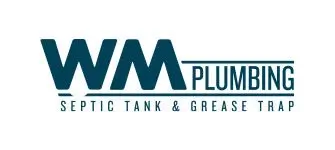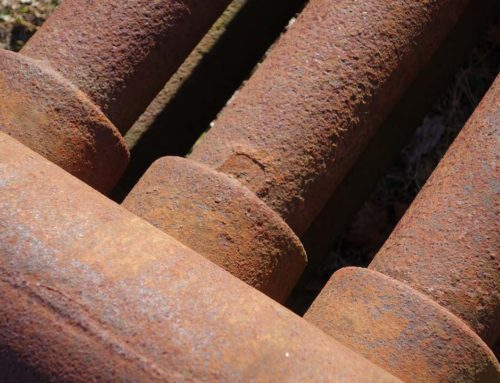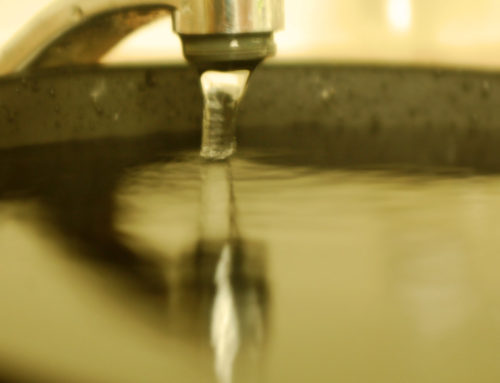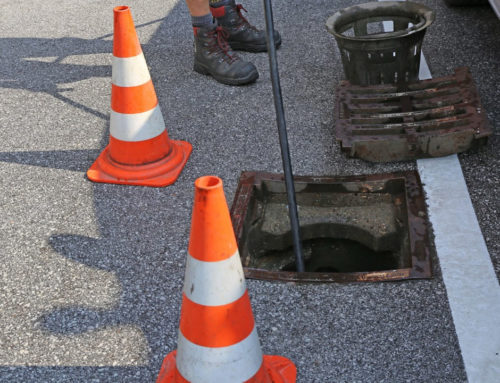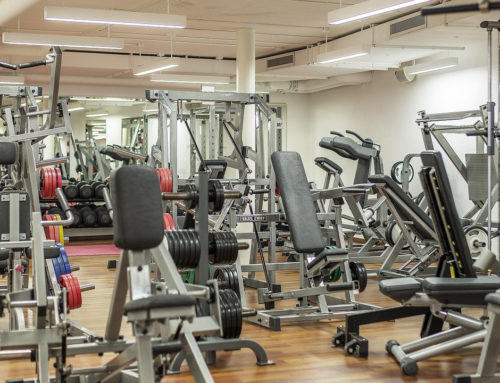Sewer Pipe Repairs in HOA Communities
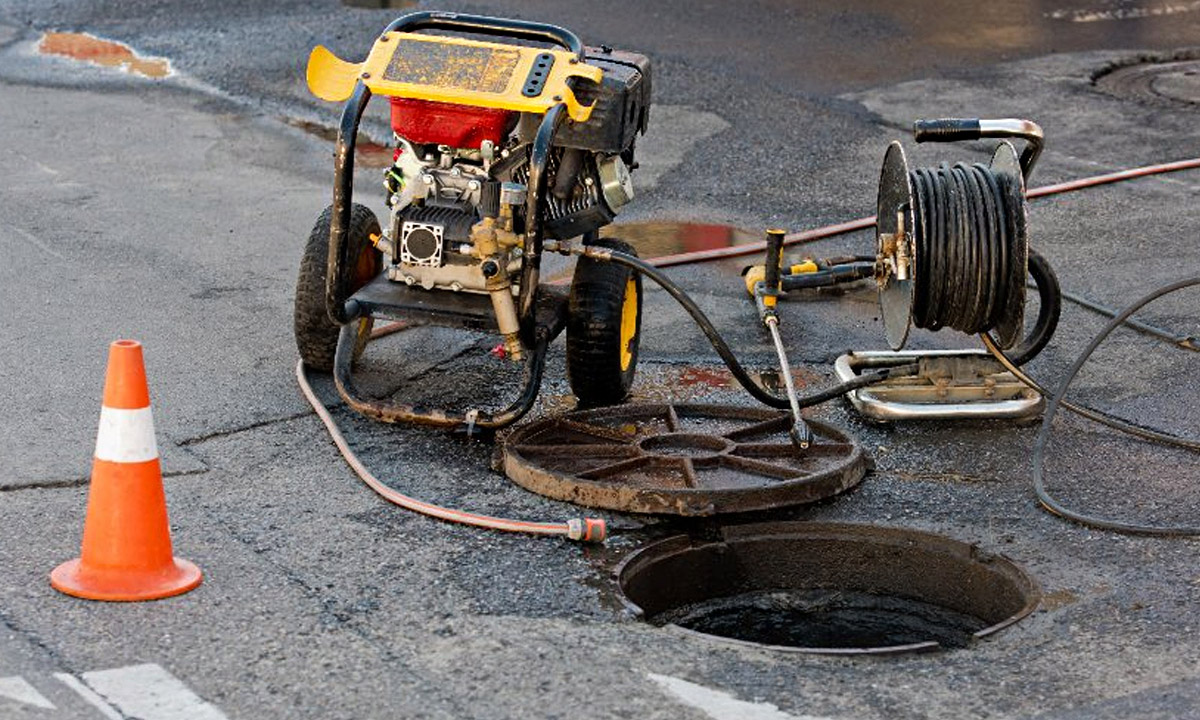
Sewer pipe repairs are challenging under any circumstances, but in homeowners association (HOA) communities, the process involves additional layers of responsibility, coordination, and cost-sharing. Unlike a single-family home where the property owner is solely responsible for maintenance, HOAs often share infrastructure. Sewer systems frequently serve multiple households, and when repairs are needed, both the HOA board and residents must work together to resolve the issue quickly and fairly.
Understanding Ownership and Responsibility
The first step in handling sewer pipe repairs within an HOA is determining ownership. Generally, HOAs are responsible for maintaining common areas, which can include shared sewer lines. These are the main lateral pipes that connect individual homes to the city’s main sewer system. However, homeowners are often responsible for the portions of sewer pipes located within their property lines or serving only their unit.
Clear governing documents, such as the community’s Covenants, Conditions, and Restrictions (CC&Rs), are crucial. They outline whether the HOA, the individual homeowner, or both are responsible for certain sections of sewer infrastructure. Disputes can arise when these documents are unclear, particularly if damage originates from one unit but impacts others downstream.
Common Sewer Problems in HOAs
Several issues can affect sewer systems in HOA communities:
- Aging pipes: Many HOAs built decades ago still have clay, cast iron, or Orangeburg pipes, all of which are prone to deterioration.
- Tree root intrusion: Landscaped common areas often have mature trees whose roots can infiltrate shared sewer lines.
- Blockages from misuse: When multiple households share lines, improper disposal of grease, wipes, or other debris can lead to recurring clogs.
- Ground shifting or settlement: Soil movement can crack or collapse underground pipes, especially in areas with expansive clay soil.
These problems not only cause backups in multiple units but can also lead to costly emergency repairs if not addressed promptly.
Repair and Replacement Methods
When a repair is needed, HOAs have several options depending on the severity of the damage:
- Spot repairs: A small section of pipe may be dug up and replaced if only a localized break or clog exists.
- Pipe lining (CIPP): Cured-in-place pipe lining involves inserting a resin-coated liner into the existing pipe, which hardens into a new interior wall. This trenchless method reduces landscaping and pavement disruption.
- Pipe bursting: For severely damaged lines, a new pipe can be pulled through the old one while breaking apart the original pipe.
- Full replacement: If the sewer system is extensively deteriorated, the HOA may need to replace long stretches of pipe, sometimes across the entire community.
The chosen method depends on cost, longevity, and how disruptive the work will be for residents.
Financial Considerations
One of the biggest challenges in HOA sewer repairs is funding. Because sewer lines often fall under common-area maintenance, the cost is typically covered by HOA dues, reserves, or special assessments. Major projects can run into tens or hundreds of thousands of dollars, making reserve planning essential. Boards that neglect to budget for infrastructure repairs may be forced to levy unexpected assessments, leading to frustration among homeowners.
Proactive HOAs conduct regular inspections with video cameras, establish a reserve study that accounts for underground utilities, and set aside funds for eventual replacement. This approach not only prevents emergency situations but also spreads out costs more equitably over time.
Communication and Coordination
Effective communication is critical during sewer pipe repair projects. The HOA board should inform residents about the scope of the problem, repair timelines, and potential impacts, such as temporary service interruptions or road closures. Transparent communication builds trust and reduces frustration, especially when the repair requires significant financial contributions from homeowners.
Sewer pipe repairs in HOA communities are more complex than in single-family residences because they involve shared infrastructure, shared costs, and the need for careful coordination. By clearly defining responsibility, proactively maintaining sewer systems, budgeting for future replacements, and keeping homeowners informed, HOAs can minimize disruption and avoid financial crises. Proper planning ensures that the community’s essential infrastructure remains reliable for decades to come.
